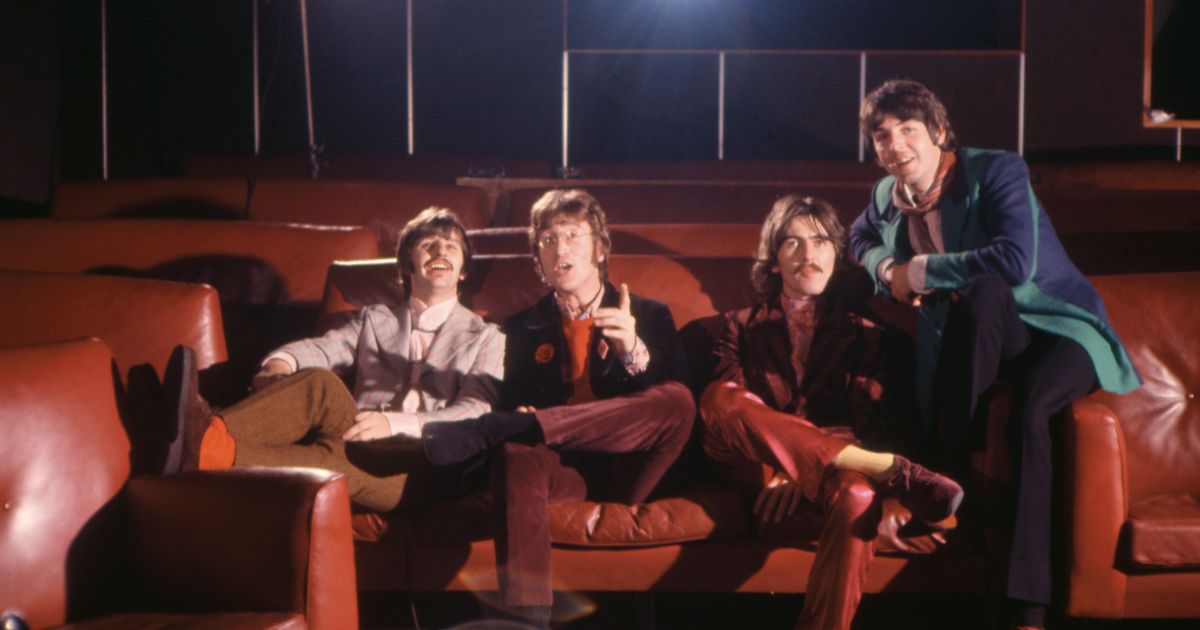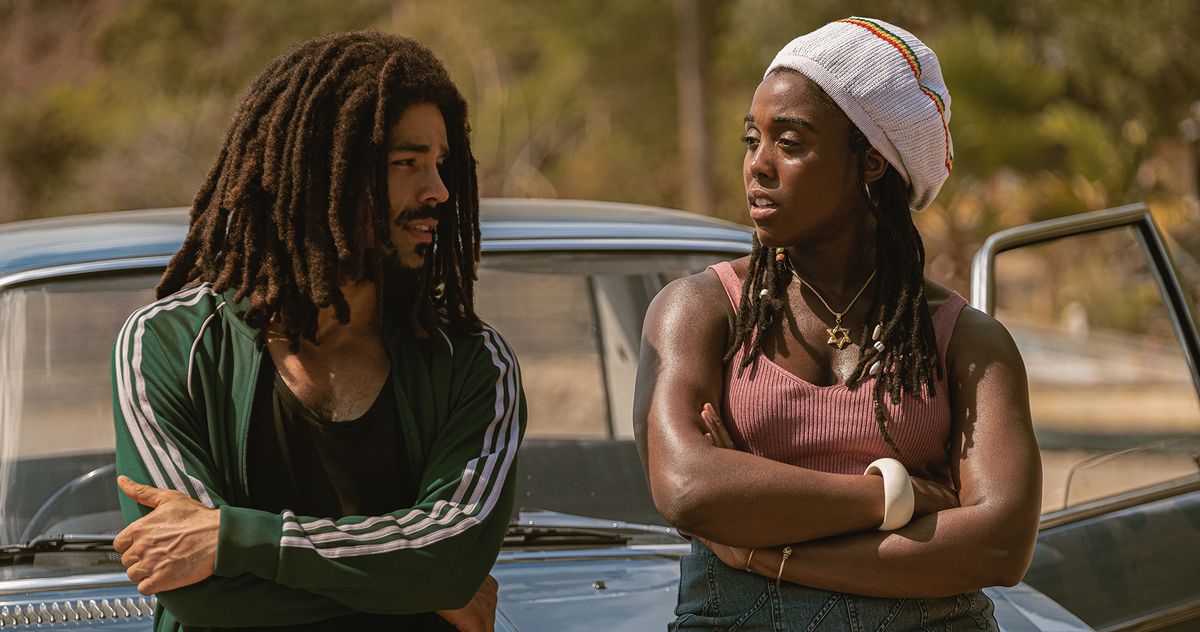
Will John le Carré fans ever get our “Tinker Tailor” sequel, “Smiley’s People?”





As some John le Carré fanatic has uploaded “Smiley’s People” to Youtube (Does Paramount still own this series?), I’ve allowed myself the luxury of revisiting it for the first time since it aired on British and US TV in 1982.
This mini-series, based on a le Carré novel that served as a sequel to “Tinker Tailor Soldier Spy,” was the last great leading man role of Sir Alec Guinness, and makes a grand showcase for one of Britain’s most revered actors. Flush with “Star Wars” money, he’d taken on ensemble work in the British TV “Tinker Tailor” (1979) with the promise of an even bigger showcase to come with the sequel.
“Smiley’s People” turned into an acting master class, and the gold standard for “real” espionage thrillers, films or TV series, to follow. From its opening gambit to the “Bridge of Spies” finale, this is as good as spy thrillers get.
As buttoned-down, retired from the service (“The Circus,” as the characters called British Intelligence, MI6) introvert George Smiley, Guinness impresses and holds our attention and interest for six episodes, some five hours of TV performance.
Smiley is patient and guarded, attentive and quiet — keeping his cards to himself. He is conscious of blending in, commanding when need be, but plainly a weak older man who needs to avoid putting himself in peril or overplaying his hand. He is class conscious above his station, demanding and never once saying “Thank you” to a former contact, subordinate, hireling or waiter.
Ditched by a faithless wife who took up with a Soviet mole in his office, he should be shamed and he lets us see how hard it is to keep his poker face when former colleagues drop her name. Which they do, even though they summon him out of retirement when an old contact, an Eastern European expat (Curd Jürgens) asks for him, and is promptly murdered on his way to a meeting.
Smiley must figure out what his long-retired network of aged cold warriors have stumbled into, and why it was worth it for his longtime nemesis, the Soviet spy master Karla, to kill them off to cover his tracks.
When “Tinker Tailor” was filmed and became an Oscar-nominated hit in 2011, everyone, including star Gary Oldman, assumed that a sequel would be forthcoming. But even though the project is still listed as “in development,” there doesn’t seem to be any great impetus to making it.
“Tinker” was a terrific TV showcase for some of the best British character actors of their era — Guinness, Ian Bannen, Beryl Reid, Ian Richardson, Alexander Knox. The same could be said of the film version, which featured Oldman and Oscar winner Colin Firth and Toby Jones, Ciaran Hinds, Benedict Cumberbatch and Mark Strong.
“Smiley’s People” was also a veritable embarrassment of riches in that regard — with Guinness, the great German actor (and onetime Bond villain) Curd Jürgens, Eileen Atkins, Michael Byrne, Bill Paterson, Michael Gough (future “Alfred the Butler”) and relative newcomers Patrick Stewart and Alan Rickman turn up in single scene roles.
As no espionage picture or series of the era would be complete without him,
Vladek Sheybal has a curiously small role (basically as a corpse).
Could that be the reason “Smiley’s” hasn’t been adapted? The only other holdover from the original film is Smiley’s former subordinate Peter Guillam, played by Cumberbatch, who is a superstar now, and far pricier than Oscar winner Oldman.
David Dencik, who plays the Eastern European British agent Toby Esterhase would probably love for this sequel to happen. Toby is a key and colorful centerpiece to “Smiley’s People.” And there’s a great part for anyone taking the Michael Lonsdale role, that of a compromised and interrogated Russian.
Another issue is that telling any Cold War story outside of the Bond context doesn’t readily lend itself to persity in representation. The racist, classist Britain of the ’60s, ’70s and ’80s can’t have had many gentleman spies from racial minorities. The film of “Tinker Tailor” underscores that. While that might be the true history, or the whitewashed version, ignoring a huge chunk of the potential viewing public plays into marketing and limits such films’ viability.
James Bond got around this with his usual panache. The Bond pictures often had African American, Latin and Asian characters in beefy support roles, and the New Britain was brilliantly represented in the even more perse Daniel Craig Bond films.
But one has to figure the biggest barrier to putting “Smiley” on the screen is the novel itself. The TV version has a nice autumnal gloom about it, but was pedestrian “TV” filmmaking to a fault. As related on the series’ IMDb page, British radio hosts would go on air and joke about “What the hell” was actually going on in the series after each cryptic installment, tickling le Carré.
The story starts slow and slows down some more before the pieces start popping into place and the trap is set.
This is why I prefer movies to long-form TV or streaming series. A lot of chaff could be whacked out of this for clarity and pacing purposes. There is a 100-125 minute movie in this spy yarn. You just have to be willing to cast familiar faces to help the viewer keep up and willing to whack out some of the texture as you speed things up.
Smiley goes looking for the elusive Otto in a derelict German marina and homeless encampment. The patience of that scene has stuck with me since I first saw it — lots of questions and menacing evasions — before Smiley finally gets to see his man. It is slow enough to savor, but easily twice as long as it needs to be.
With the passage of time, the momentum for doing a big screen version of “Smiley” may be gone. Paramount co-produced the TV series, but Focus/Universal did the big screen “Tinker” and has the rights, although perhaps they’ve lapsed. The author le Carré has died in the interim, and the multiplex universe is so changed that maybe streaming is a safer bet now.
But with Bond in between Bonds and Bourne out to pasture and the Russians back to being history’s villains, I dare say there’s an appetite for this sort of story. Heaven knows I want to see it, and before Oldman’s too old to play Smiley and before Cumberbatch reaches his rich, fat and happy “I’m cutting back” years.
And if not, there’s still the original series, a slowly unfolding puzzle and touchstone series as far as great acting is concerned.


















































































